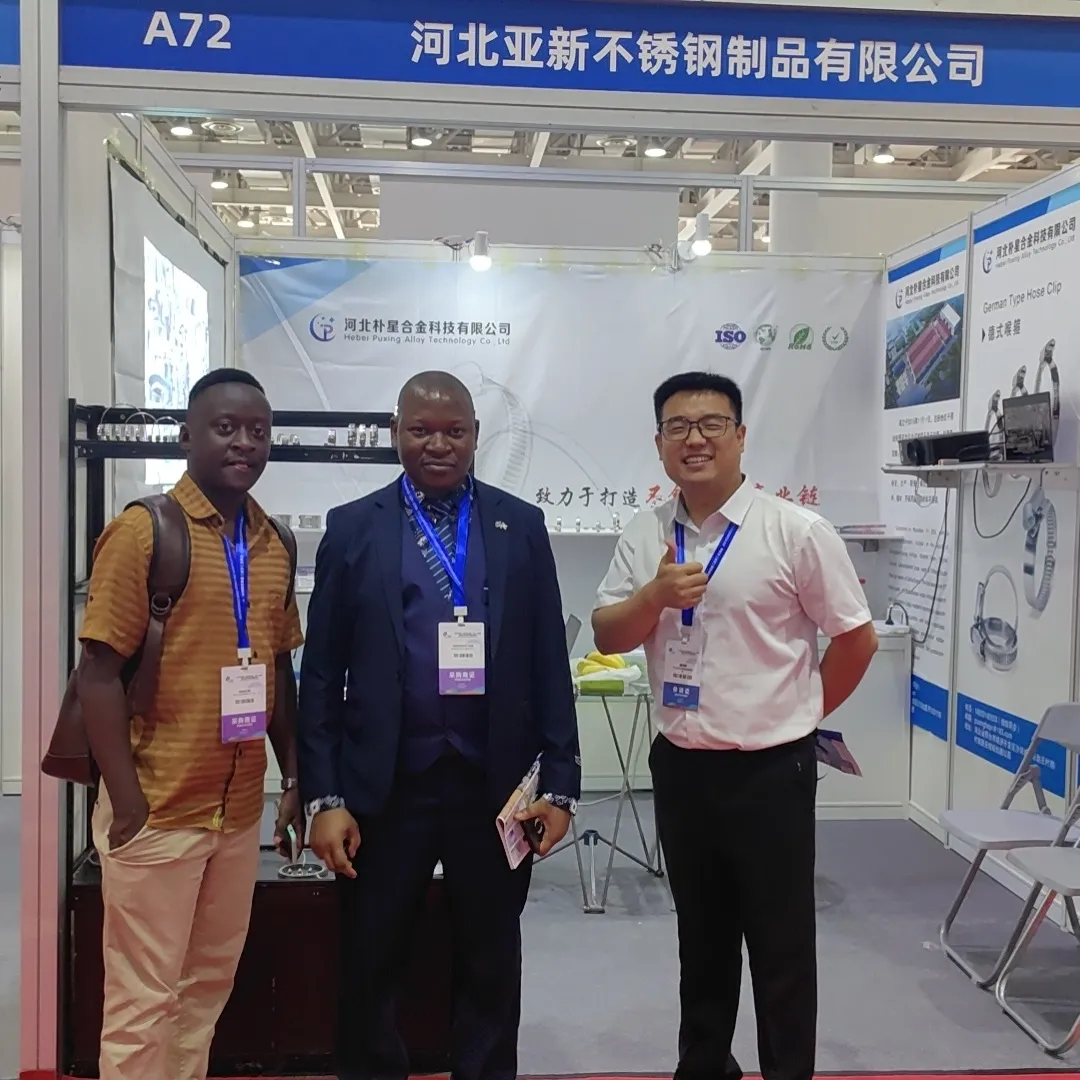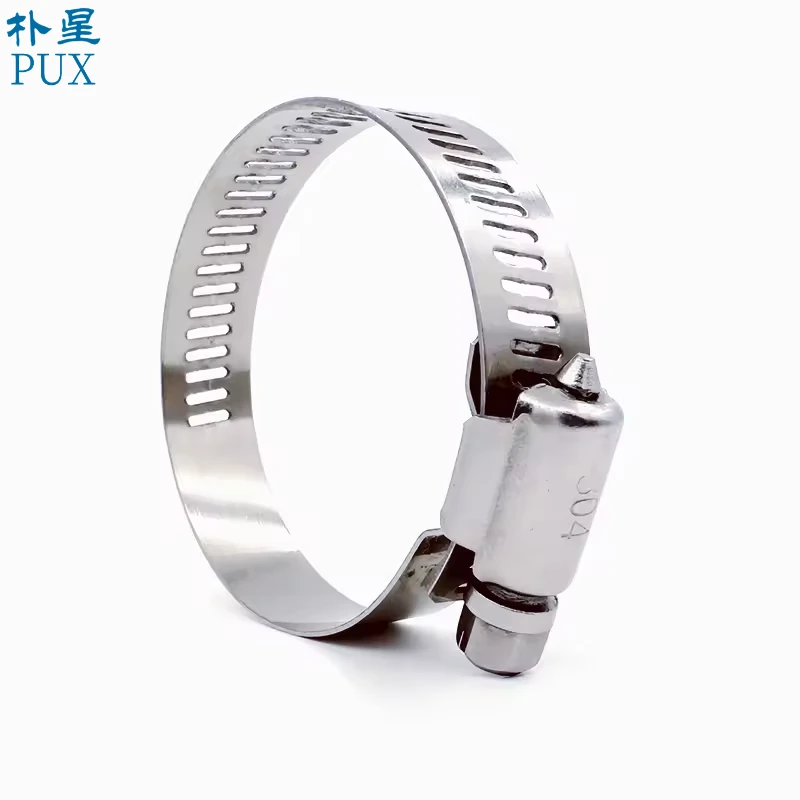- Phone:+86-17331948172 +86-0319-8862898
- E-mail: inquiry@puxingclamp.com
Feb . 15, 2025 05:16 Back to list
stainless hose clamp
Fuel injection hose clamps may seem like a small component within a vehicle's fuel system, but they play a crucial role in ensuring the efficiency, safety, and durability of your car. Understanding the intricacies of these clamps—from their design to their significance—can offer valuable insights for both automotive enthusiasts and everyday drivers.
Proper installation of fuel injection hose clamps is essential to their performance. It is vital to use the correct tools to avoid over-tightening, which can damage the hose or the clamp itself. Ensuring that the clamp is positioned correctly on the hose and the barb fitting ensures an even distribution of pressure and minimizes the risk of leaks. Regular inspection and maintenance are recommended to identify any signs of wear or potential failure, such as rust or cracks in the clamp. Regular preventative maintenance can extend the life of your vehicle's fuel system components and help catch potential issues before they necessitate costly repairs. In addition to their mechanical functionality, fuel injection hose clamps contribute to the overall safety of a vehicle. A well-maintained fuel system is less prone to leaks, which can not only save money at the pump but also minimize the impact on the environment. Fuel efficiency is directly impacted by the performance of these clamps, as any loss in pressure can lead to the engine consuming more fuel to produce the same power. In conclusion, while often overlooked, fuel injection hose clamps are a vital part of any vehicle's fuel delivery system. By selecting the right type, ensuring proper installation, and conducting regular maintenance, these small components can have a significant impact on vehicle performance, safety, and environmental footprint. Their unassuming presence belies a critical function, cementing their status as an indispensable element in automotive engineering. Understanding the value of professional expertise in selecting and maintaining these clamps not only ensures peak vehicle performance but also reinforces a commitment to safety and efficiency on the road.


Proper installation of fuel injection hose clamps is essential to their performance. It is vital to use the correct tools to avoid over-tightening, which can damage the hose or the clamp itself. Ensuring that the clamp is positioned correctly on the hose and the barb fitting ensures an even distribution of pressure and minimizes the risk of leaks. Regular inspection and maintenance are recommended to identify any signs of wear or potential failure, such as rust or cracks in the clamp. Regular preventative maintenance can extend the life of your vehicle's fuel system components and help catch potential issues before they necessitate costly repairs. In addition to their mechanical functionality, fuel injection hose clamps contribute to the overall safety of a vehicle. A well-maintained fuel system is less prone to leaks, which can not only save money at the pump but also minimize the impact on the environment. Fuel efficiency is directly impacted by the performance of these clamps, as any loss in pressure can lead to the engine consuming more fuel to produce the same power. In conclusion, while often overlooked, fuel injection hose clamps are a vital part of any vehicle's fuel delivery system. By selecting the right type, ensuring proper installation, and conducting regular maintenance, these small components can have a significant impact on vehicle performance, safety, and environmental footprint. Their unassuming presence belies a critical function, cementing their status as an indispensable element in automotive engineering. Understanding the value of professional expertise in selecting and maintaining these clamps not only ensures peak vehicle performance but also reinforces a commitment to safety and efficiency on the road.
Share
Latest news
-
Large Stainless Steel Adjustable American Type Hose Clamp - Hebei Pux Alloy | Corrosion Resistance, Adjustable Design
NewsAug.03,2025
-
Large Stainless Steel Adjustable American Type Hose Clamp - Hebei Pux Alloy Technology Co., Ltd | Corrosion Resistance, Adjustable Design
NewsAug.03,2025
-
Premium Stainless Steel Strip Coil | Durable & Rust-Resistant
NewsAug.03,2025
-
Large Stainless Steel Adjustable American Type Hose Clamp - Hebei Pux Alloy Technology Co., Ltd
NewsAug.03,2025
-
Large Stainless Steel Adjustable American Type Hose Clamp - Hebei Pux Alloy Technology Co., Ltd
NewsAug.02,2025
-
Large Stainless Steel Adjustable American Type Hose Clamp - Hebei Pux Alloy Technology Co., Ltd
NewsAug.02,2025




